Sidewalk Secrets: NYC's Historic Timepieces + An Invitation to My UES Walking Tour
How my daughter's meltdown led to a deep dive into the historical street clocks of Manhattan and my upcoming walking tour.

My daughter Carolina and I were rushing to a doctor's appointment recently. I kept dismissing her complaints about moving too quickly. Holding her hand so she would keep up with my pace, she finally had enough and stopped moving to have a major meltdown. It was the kind of meltdown that causes strangers to give you looks ranging from empathy to disgust.
Before us stood a grand distraction. Accepting that we'd be late no matter what, I asked her, "Do you want to hear a story?"
My daughter loves stories, so I knew the answer would be yes.
“The clock that you see here is over 100 years old! That’s older than grandpa,” I said.
Her tears slowed as I explained that many years ago, only the wealthy owned watches. At first, they were pocket watches; even if you could afford one, it was customary just for men to carry them so women and children had no way of knowing what time it was when they were out and about. Wristwatches wouldn't become popular until after World War One, when soldiers found pocket watches impractical in combat and companies began manufacturing wristwatches for the masses.
In the late 19th and early 20th century, businesses sometimes installed clocks on the sidewalks as a service to the community so that everyone could know what time it was. I explained that often, the clocks often had the names of the businesses on them, which was also a form of advertising.
The clocks were ornate and usually made from cast iron. They were a big investment for a business costing between $600-$2,000 in the early 1900s (equivalent to $20,000-$65,000 today).
Carolina’s tears had dried, and her curiosity was piqued. I promised to show her another one of these grand clocks in our neighborhood over the weekend.
We continued on our way and, naturally, had to wait anyway when we arrived at the doctor. We both learned a lesson that day. Hers was about NYC history; mine was about slowing down and prioritizing what mattered most.
Now, let me share four of my favorite NYC street clocks with you.

1. The Fifth Avenue Building Clock (Flatiron)
The clock that saved our afternoon (the first image in this newsletter) is 19 feet tall. It was installed in 1909, became a landmark in 1981, and was restored by the Electric Time Company, Inc. in 2011. The restoration, which took 8 months, was sponsored by Tiffany & Co., whose headquarters had just moved to the building beside which it stands.
2. The Yorkville Clock
The clock I promised to take my daughter to see is in our neighborhood on 85th Street and 3rd Avenue. It is an ornate gold and black clock installed in 1898 by Aldoph Stern on the sidewalk outside his pawn shop. Ornately designed as a pocket watch, it was initially topped with a traditional three-ball pawnbroker symbol.
It, too, was designated a NYC Landmark in 1981. In the 1990s, it was restored thanks to funding from the Friends of the Upper East Side Historic District. The organization also visits the clock twice yearly to adjust the time for Daylight Savings.
Ephemeral New York wrote a great story on the clock, which you can read here.

3. Grand Central Terminal Clock
Perhaps the most famous clock in New York City, the four-faced opal timepiece atop the information booth in Grand Central Terminal. It has been a meeting point for countless New Yorkers and visitors since being installed in 1913. Its design ensures that time can be told from any vantage point in the terminal. The clock is topped with an acorn, symbolizing the Vanderbilt family who built Grand Central Station.

4. Barthman Jewelers Sidewalk Clock
Installed in 1899, this ingenious marketing creation by Barthman Jewelers remains embedded in the sidewalk at Broadway and Maiden Lane long after the store relocated. Pedestrians walked over the glass-covered timepiece pausing to see the time. I took the above photo in July 2024, but when I passed by in February 2025, I discovered the clock had been replaced with cardboard. I hope it's gone for restoration and not forever. I reached out to the store (now located at 20 Broad Street) to inquire about the status, but haven't heard back yet. (UPDATE: As of April 12th, 2025 reader Katie C. confirmed that the cardboard has been removed and the clock is back!)
In a city where we're always rushing and checking the time on our phones, these historic timepieces remind us to slow down and appreciate the layers of history around us. If you enjoyed learning about these sidewalk gems, I'd love for you to join me on my upcoming walking tour. See below for details.
Words of the Week
“There is no new world that you make without the old world.” —Jane Jacobs
Photo of the Week
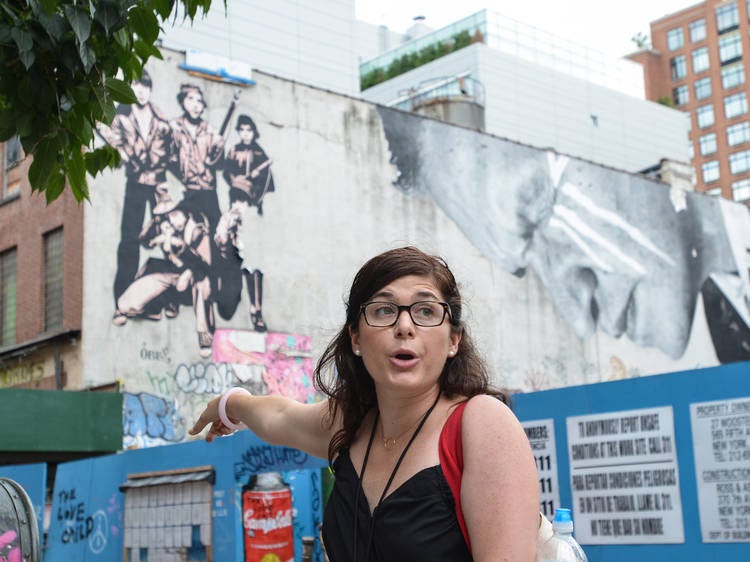
Once upon a time, I ran a street art walking tour company—and I loved it! I helped people discover the stories behind large murals, tiny stickers, and graffiti tags. Many people—especially lifelong New Yorkers—told me that going on my tour helped them see the city in a completely new light.
I've continued to renew my NYC Sightseeing Guide licensing, not knowing when I might use it again, and now that time has come. The Municipal Art Society hosts a series of free walking tours annually in honor of legendary urban activist Jane Jacobs. Here's a preview of my tour:
Sidewalk Secrets of the Upper East Side
I'm a licensed NYC tour guide with a photographer's eye for discovering treasures hiding in plain sight and a writer's passion for telling stories. Join me on a captivating walk through the East 80's where we'll examine city infrastructure from over 100 years ago, public art with fascinating origins, learn about the trees along the sidewalk, and even stop at a bakery that serves "the best black and white cookies in New York*". We'll end by taking a peek inside the very first public library in NYC—the New York Society Library.
We'll walk about a mile and a half on this 90-minute tour. The walk is mostly flat and all paved. Wear comfortable shoes and bring a camera!
Attendees will have the option of receiving a digital PDF detailing the tour route/information.
*According to Ina Garten
We'll meet by the Metropolitan Museum of Art on Saturday, May 3, at 3pm for a 90-minute walk.
Jane's Walk tours are free and tend to sell out fast, so if you'd like to secure a spot, mark your calendar to visit their website on Friday, April 11, when the tours will go live! I'm unable to save you a spot, but if you'd like to be one of the first to know, drop a note in the comments, and I'll message you as soon as the listing is live.





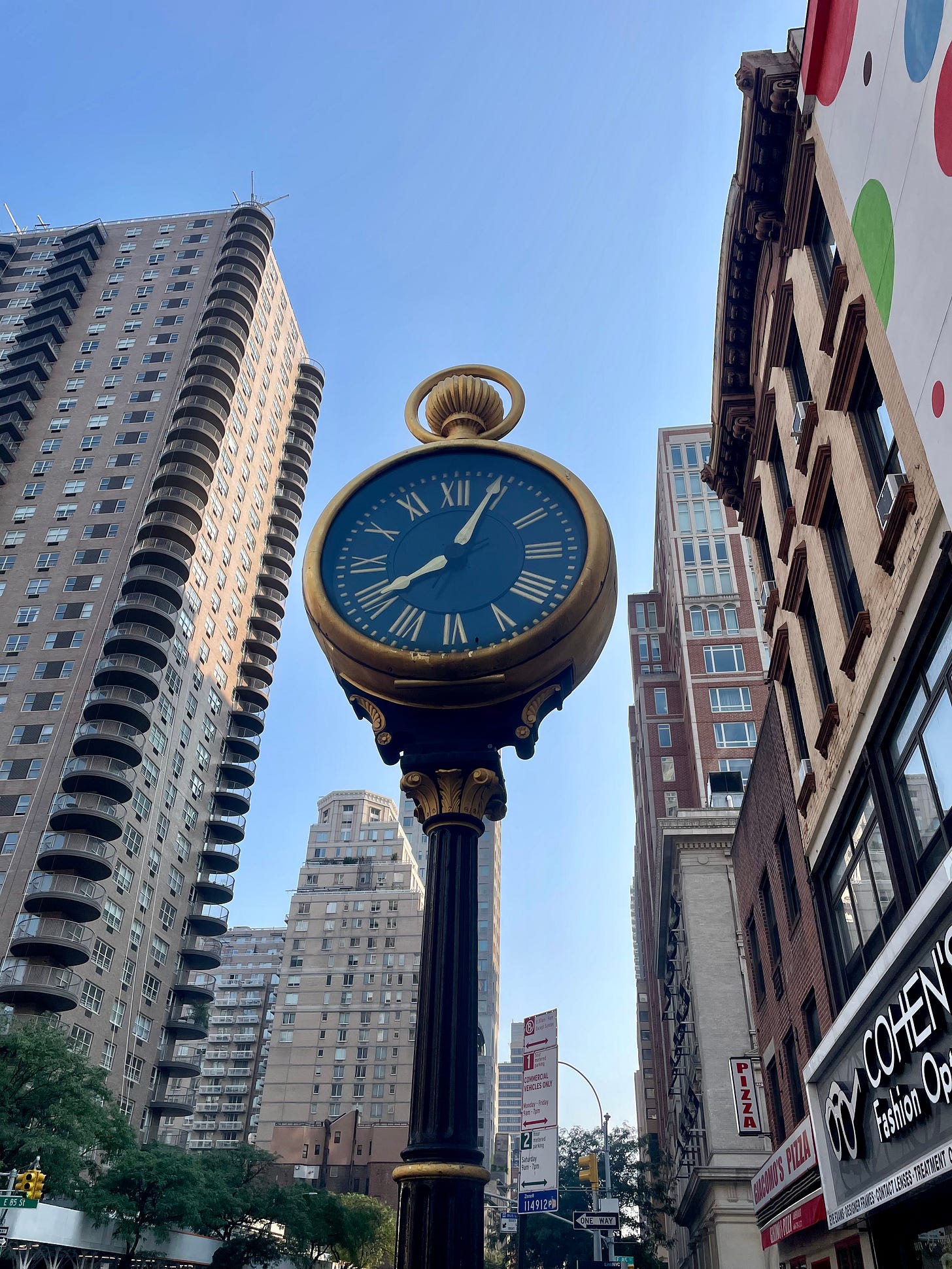
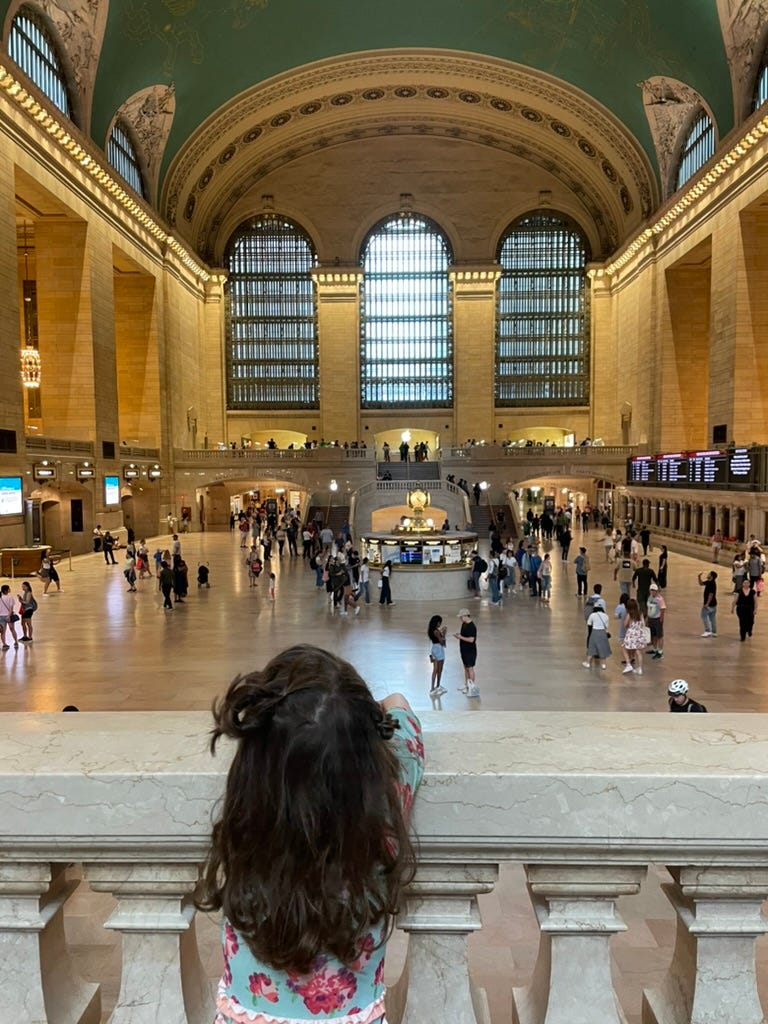
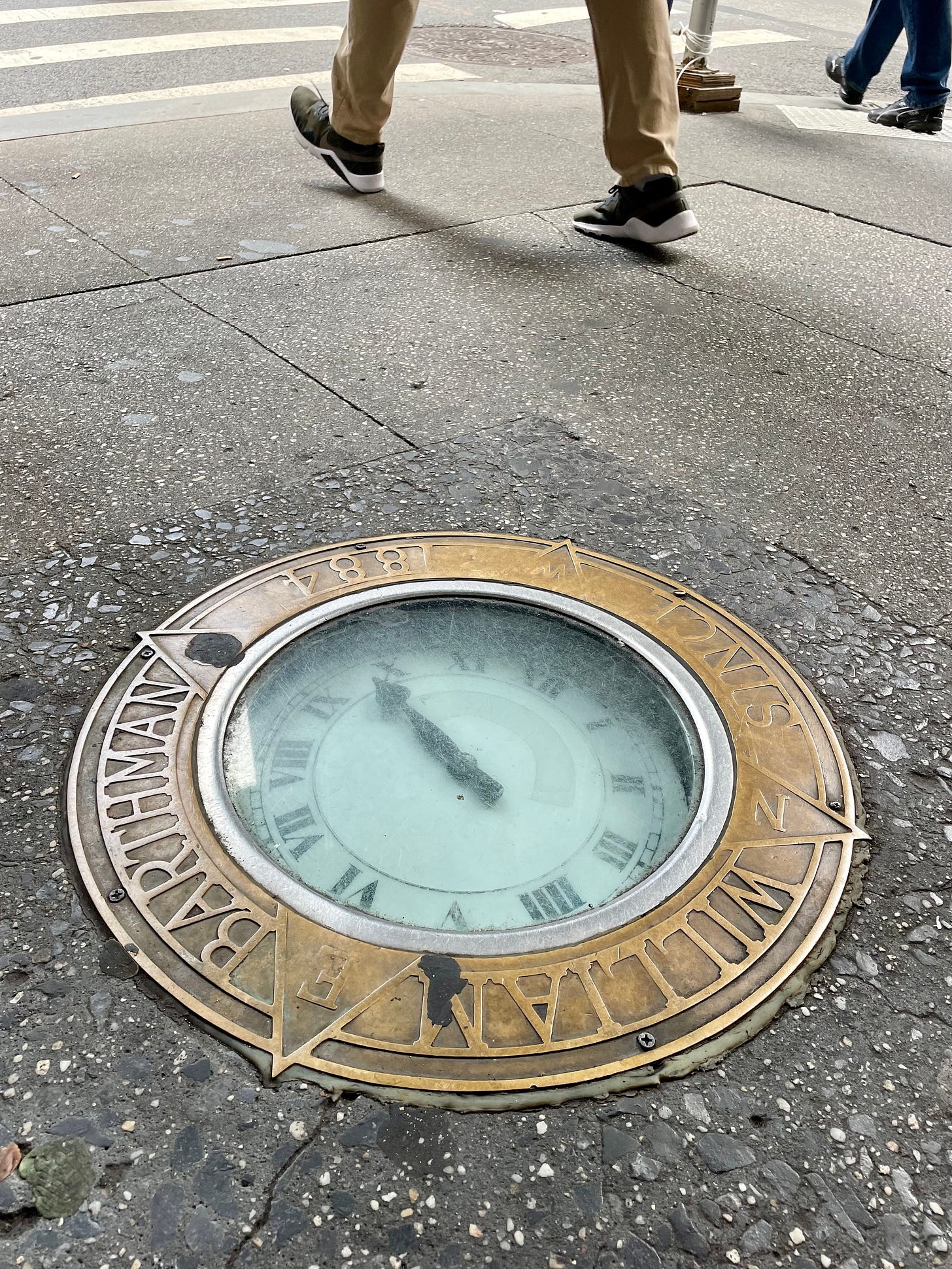
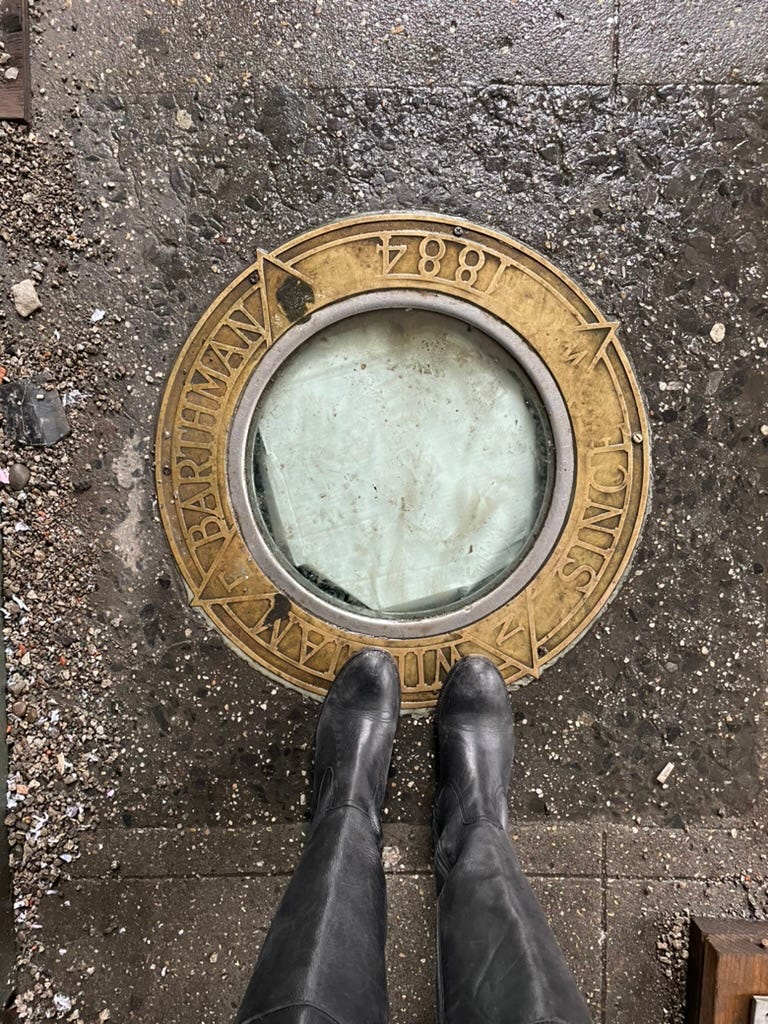

Another fascinating read! Thank you, Lia.
oooh! Put me on the list -- I want to go on your walking tour! :)